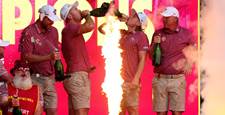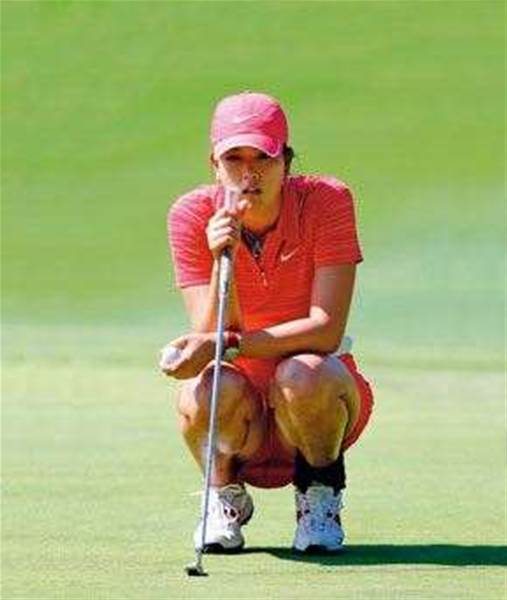Blessed with a swing that’s a gift from God, Korean-American Michelle Wie is expected by many to build on her first LPGA tour win – and soon.
Blessed with a swing that’s a gift from God, Korean-American Michelle Wie is expected by many to build on her first LPGA tour win – and soon.
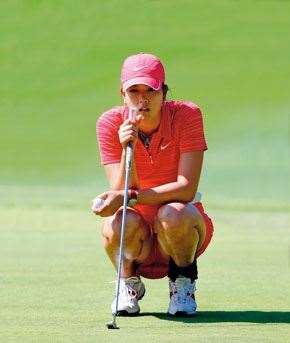 Korean-American Michelle Wie Image: Getty Images
Korean-American Michelle Wie Image: Getty ImagesMichelle Wie had become something of a cautionary tale, the embodiment of how not to manage a phenom, but in 2009 she steadily began to realise her remarkable talent. Playing her first full season on the women’s circuit, the LPGA Tour, the 20-year-old broke through for her first professional victory, made more than $1million in prize money and entered the top ten in the world rankings.
The statuesque Korean-American was once again being looked to as the great hope of women’s golf. As the LPGA suffered through one of its worst seasons, hit by the GFC, Wie reaffirmed she’s one of the few figures in golf who commands attention out on the course. It’s motivation for organisers of the ANZ Ladies Masters, who are trying to attract her to the Gold Coast event in March.
Blessed with a swing that’s a gift from God, Wie is travelling the pro tour while also pursuing studies at Stanford University in California. At a tournament in Dubai in December, she stayed up into the morning hours to sit an online exam after the second round, and still finished runner-up
What’s her story?
Wie first came to the golf world’s attention as a 12-year-old student at Hawaii’s Punahou School (the place that produced President Barack Obama) setting new marks for precocity on the LPGA. In 2004 she was given an invitation to play a men’s event, the Sony Open in Hawaii, where she shot a 68 in the second round but missed the cut. She played several more PGA Tour events, but failed to make it to the weekend.
Wie’s exploits prompted talk of her eventually playing against the male pros regularly, and had marketers convinced they were seeing the next generation of sports heroine. Before her 16th birthday she’d signed $10 million deals with Nike and Sony. There was one problem, however – she had no place to play. Tour membership, men’s or women’s, has an age requirement of 18 years or older, and Wie was left to cobble together a schedule. Her immediate riches already earned resentment, and her aloofness to the tour outright rankled her peers. Even World No.1 Annika Sorenstam, as classy a figure that golf has produced, called her out for a lack of professionalism. Meanwhile, as Wie remained winless on the LPGA, she piled up missed cuts against the men to the point of farce.
It all came to a head in 2007-08, with repeated controversies over rules violations, turnover ofcaddies and a game-ruining wrist injury. At one point, Wie went 24 consecutive rounds without breaking par. Critics wrote her off as the greatest waste of golfing potential, citing her father, B.J, as a negative influence who didn’t nurture her properly – the exact opposite of what Earl Woods did for his son.Having found the nadir before her career had really begun, Wie narrowed her focus to the LPGA and earned full membership for 2009. Despite having played 47 events since her debut seven years earlier, she was technically a rookie.
Who is she like?
No one, really, within the women’s game. The most commonly invoked comparison has been South African star Ernie Els, “the Big Easy”, with whom she shares that near contradictory combination of imposing stature and sweet tempo – thus, she was dubbed “the Big Wiesy”.
Her precocious accomplishments, flashy style of power golf and exotic cultural background also earned inevitable comparisons to Tiger Woods. But in one of the great turns of golf history, their circumstances have inverted from a couple of years ago. While Woods’ sterling reputation was a mask for his true nature, Wie has revealed more of her personality as she’s grown comfortable with her golf. Humorous to the point of goofy (as an entry on her highly active Twitter account put it: “yes. im a nerd. but i love it”), she’s enjoying college life to the point she won’t be pried away – another difference with Woods, who left Stanford early.
– Jeff Centenera
What do they say?
“She’s gotten her power back, which is what separates her from the other players out there. Not only in how she can attack a course, but also on a lot of the shots around the green that she likes to play, because putting enough spin on the ball requires a speed and strength that few women possess.”
– Noted instructor David Leadbetter
Related Articles
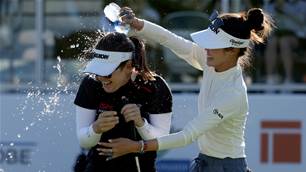
Green topples Minjee as top-ranked Aussie golfer
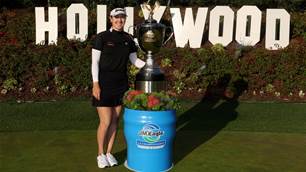
Red-hot Hannah Green defends LPGA title in L.A
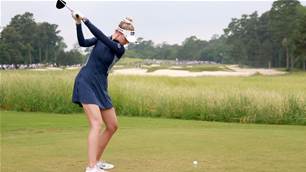
Winner’s Bag: Nelly Korda – Chevron Championship
Latest News

Day makes smooth start to PGA title defence

Tiger accepts special exemption to play U.S Open

Jason Day relaxed ahead of PGA Tour title defence
Most Read

RANKING: Australia's Top-100 Courses for 2024

Cleary: Merge? Forget it. LIV Golf should take on the PGA Tour
RANKING: Australia's Top-100 Public Access Courses for 2023
